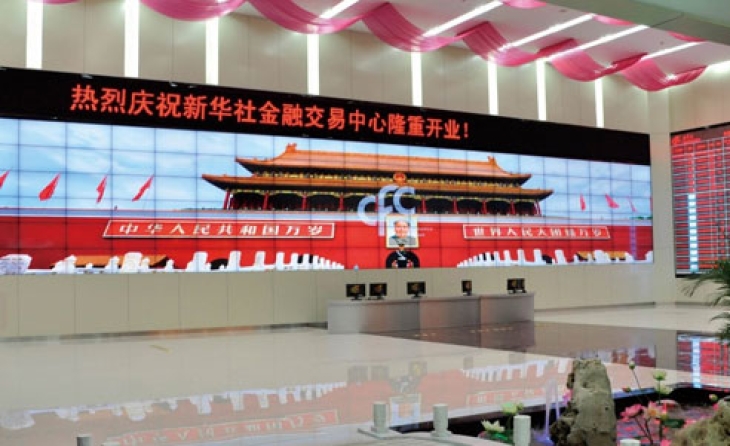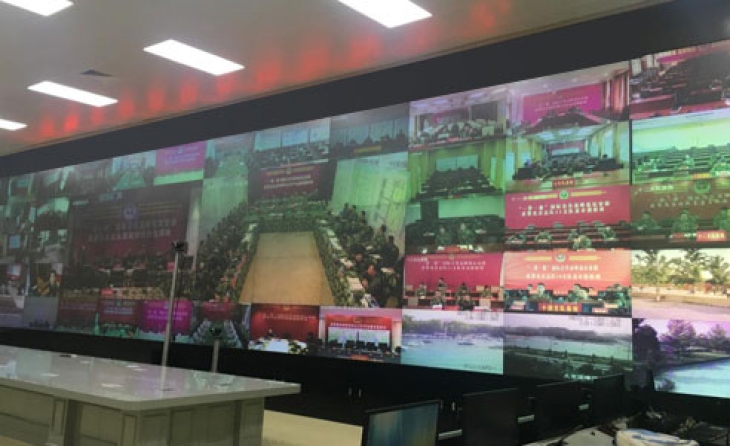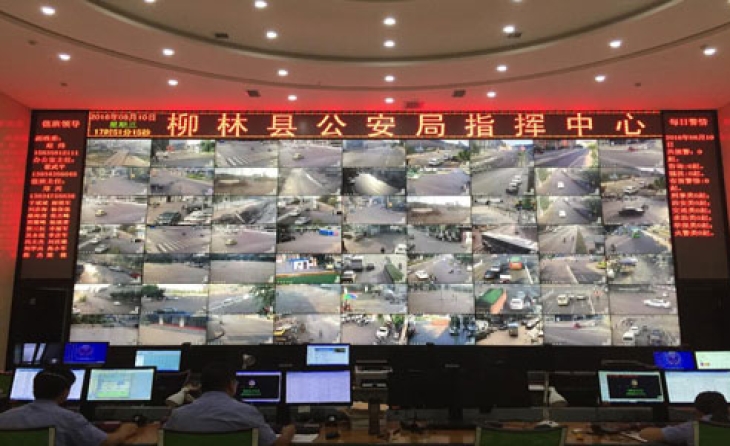The project encompasses a sophisticated fiber optic network system across four distinct buildings, labeled A, B, C, and D. Each building is equipped with its own video walls and workstations, facilitating a high level of interconnectivity and communication. Building A serves as the central hub, capable of controlling and displaying content from all signal sources including HDMI, cameras, and audio. In contrast, Buildings B, C, and D have the capacity to control and display only designated signal sources.
Additionally, Building A possesses the functionality to selectively distribute certain signal sources to Buildings B, C, and D. This feature allows for tailored communication, such as enabling a leader in Building A to send specific signals directly to an operator in any of the other buildings. The system also supports comprehensive log management, ensuring that operators in all four buildings can effectively communicate through video conferencing and text-based messages. The network design emphasizes simplicity and rapid maintenance, ensuring efficient operation and minimal downtime.
Table of Contents
- Project location:
- Project Name:
- Customer requirements and background:
- Requirements Analysis
- Solution Design
- Product lists






